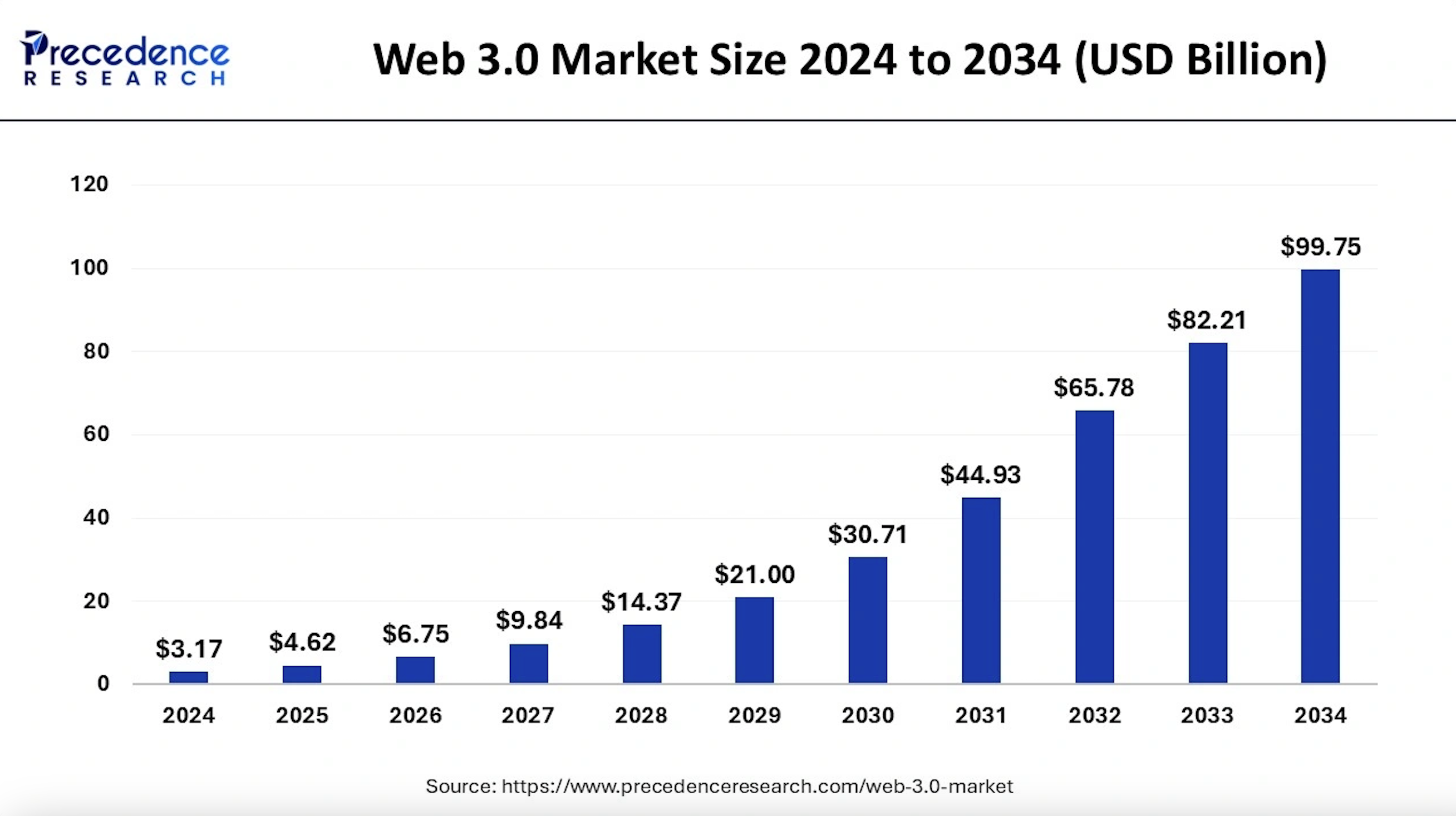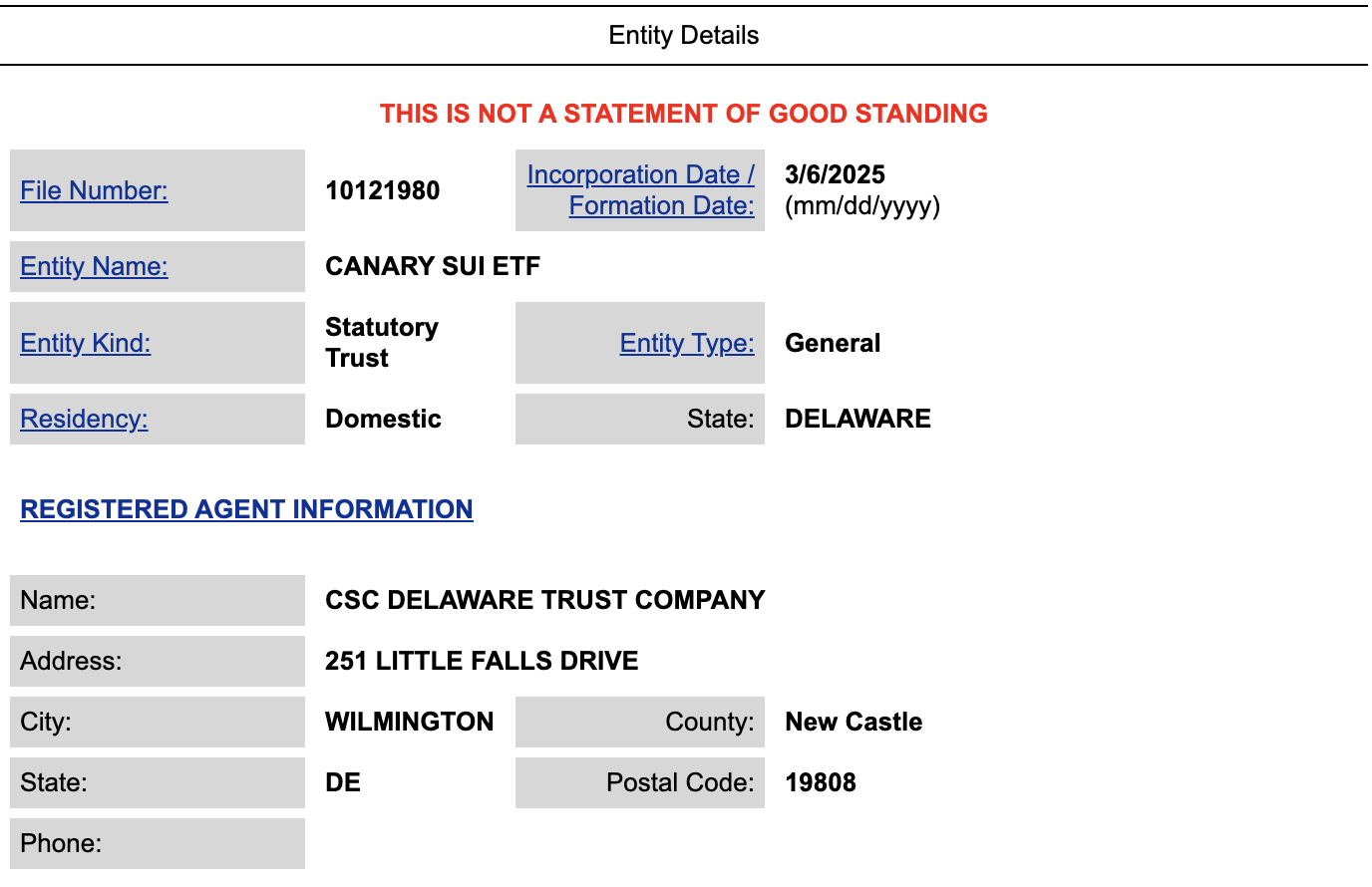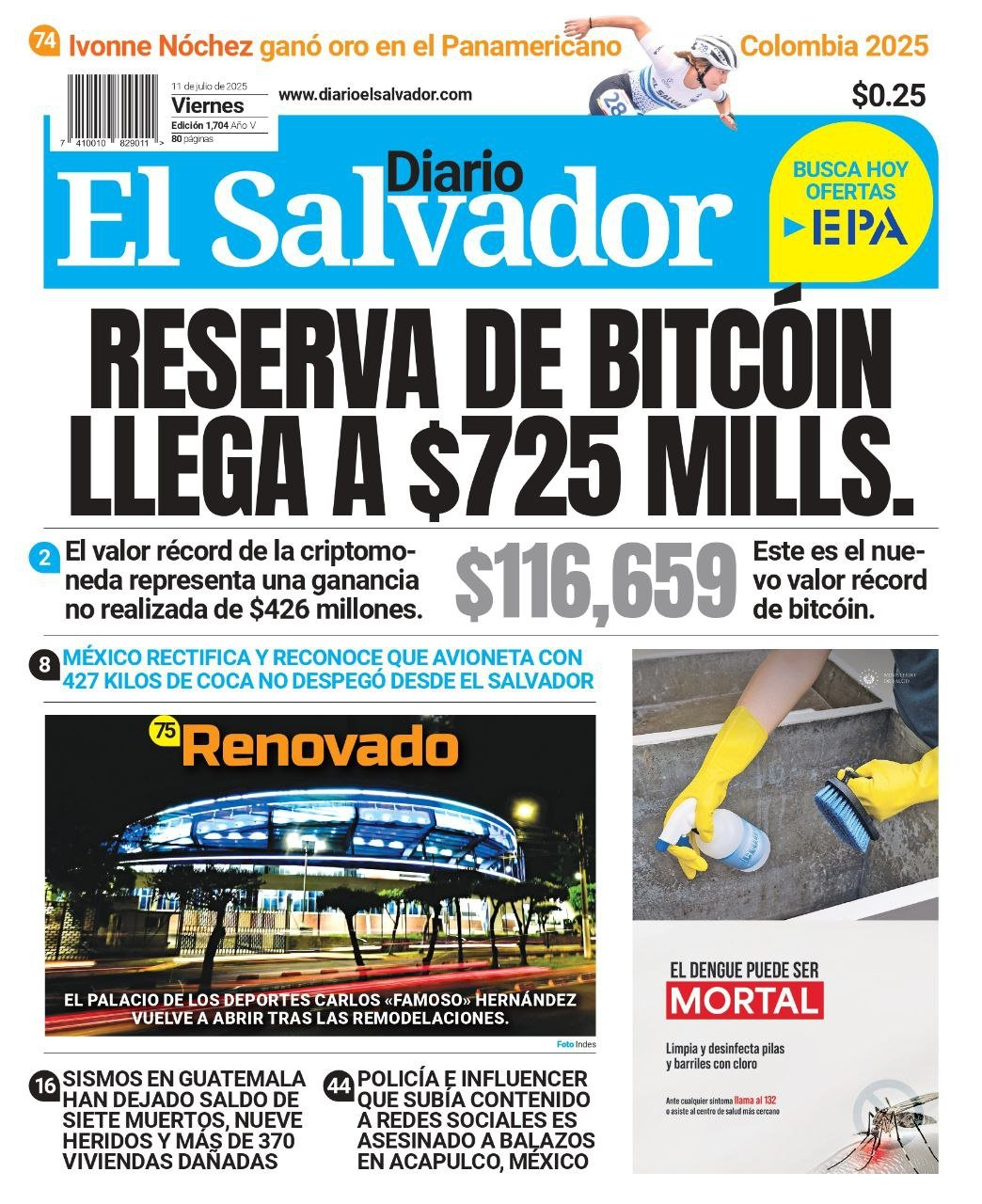The state of security across the crypto and blockchain space has changed significantly in the past few months. Traditional smart contracts exploited or brute force attacks on blockchain networks are being superseded by crypto scams like rug pulls and pump-and-dump schemes.
BeInCrypto spoke with a spokesperson from security firm CertiK to understand how blockchain and security threats are evolving and how projects and users can safeguard against future exploits.
Social Media Hacks on the Rise
Over the past few months, the crypto community has seen a rise in social media-related hacks. This increasingly common tendency has pivoted away from the orchestration of more sophisticated blockchain attacks that have traditionally plagued headlines.
Whereas smart contract exploits or blockchain hacks require more knowledge, hackers have found an easier avenue by targeting social media accounts instead.
“Social media accounts have become attractive targets due to their broad reach and the trust followers place in verified profiles. Compared to complex blockchain attacks, hijacking a social media account offers a quicker, less technically demanding way to spread scams to a massive audience. The growing frequency of such breaches suggests hackers are focusing more on social engineering and credential theft over direct blockchain exploitation,” a CertiK spokesperson told BeInCrypto.
The accessibility of social media hacking has, in turn, expanded the pool of malicious actors capable of these attacks.
“This trend may also be due to, in part, a skills gap among malicious actors. For instance, drainer-as-a-service has opened doors to scammers who don’t necessarily understand how to manipulate smart contracts. Many of these scammers are from the younger generation, which means they are more likely to speak about their financial pursuits online, which fuels more users attempting to use social media for malicious purposes,” the spokesperson added.
X (formerly Twitter) has quickly become the social media platform of choice among Web3 hackers.
Social Media is Now a Prime Target for Web3 Hackers
After US President Donald Trump launched his meme coin only two days before assuming office, hackers began to take advantage of the hype to hack high-profile X accounts and convince followers to invest in scam meme coins.
Last month, anonymous hackers took over the X account of the former Malaysian Prime Minister Mahathir Mohamad to promote MALAYSIA, a fake meme coin promoted as the country’s official cryptocurrency.
The post was removed within an hour, but the damage was done. Analysis shows that these hackers were probably related to the infamous Russian Evil Corp and that they stole $1.7 million in this rug pull.
“Given that X is the most popular crypto social media application, it makes sense that popular accounts on the platform have been targeted to attract the most victims,” Certik spokesperson said.
The MALAYSIA token scam happened only two weeks after hackers exploited former Brazilian President Jair Bolsonaro’s social media account. In that instance, scammers promoted the BRAZIL token, which rose over 10,000% in minutes, netting the scammers over $1.3 million.
These scams have also affected technological companies.
Attacks on Tech Companies
In December, AI research and development company Anthropic also saw its X account hacked. A fraudulent post claimed that a fake token called CLAUDE would incentivize AI and crypto projects and included a wallet address for investors.
Attackers managed to collect around $100,000 from speculative investors.
“The trend is real and concerning. The breaches of accounts belonging to global leaders and tech companies highlight how threat actors are targeting platforms with wide-reaching influence, using them to amplify fraudulent crypto schemes. It reflects a shift in tactics where social media is becoming a primary vector for crypto-related scams,” the CertiK spokesperson told BeInCrypto.
These situations also highlight a broader issue of weak account security on social media platforms. As a result, even prominent individuals are susceptible to security breaches that directly affect the crypto community.
TRUMP Meme Coin Launch Was a Catalyst For Crypto Scams
After the launch of TRUMP, the frequency of socially engineered scams has become more apparent. In January, Ethereum co-founder Vitalik Buterin published a cathartic social media post criticizing TRUMP and meme coins.
“Now is the time to talk about the fact that large-scale political coins cross a further line: they are not just sources of fun, whose harm is at most contained to mistakes made by voluntary participants, they are vehicles for unlimited political bribery, including from foreign nation states,” Buterin claimed.
Buterin highlighted the tokens’ role in enabling scams and political corruption in crypto and blamed a regulatory loophole former SEC Chair Gary Gensler created for allowing bad actors to exploit governance tokens.
However, these crypto scams extend beyond political themes.
Growth of Social Engineering Exploits
A week after Buterin cautioned against political meme coins, a Coinbase user lost $11.5 million after falling victim to a social engineering scam on Base.
Crypto sleuth ZackXBT uncovered the exploit, pointing out that this incident is part of a growing trend, with multiple Coinbase users suffering similar losses. He also estimates that crypto scams of this nature have drained at least $150 million from Coinbase customers.
“Coinbase has a serious fraud problem. I just uncovered many more recent thefts from Coinbase users. The $150 million stolen from Coinbase users in a year is just from thefts I independently confirmed. So it’s more than likely multiples of this number,” ZachXBT stated.
In social engineering scams, attackers use phishing emails, spoofed calls, and other deceptive tactics to trick victims into revealing private keys or login credentials. Once they gain access, they drain wallets, move funds, and take control of accounts.
For CertiK, these situations stipulate the need for stronger security measures.
“Web3 security platforms are adapting by expanding their focus beyond smart contract vulnerabilities to include broader threat detection, particularly around social engineering risks. Many are integrating AI-driven monitoring tools to flag unusual account activity, especially on social media, and are educating users about the dangers of impersonation scams. The evolving threat landscape has prompted a more holistic approach to security, blending traditional blockchain defenses with social platform safeguards,” the spokesperson said.
Addressing these security challenges is crucial as new crypto projects increase exponentially.
Prioritizing Proactive Security in a Rapidly Growing Industry
The Web3 sector is experiencing consistent growth, marked by a surge in new crypto project launches. This innovative momentum is expected to continue, but it’s also fueling security concerns.
Notably, the increasing rate of scams and hacks in the first three months of 2025 makes it clear that security efforts are struggling to keep up with innovation.
A study by Precedence Research estimates the Web 3.0 market will expand from USD 4.62 billion in 2025 to approximately USD 99.75 billion by 2034, with a projected compound annual growth rate (CAGR) of 41.18% during that period.

Yet, CertiK believes that project developers are pushing security considerations toward the end of the priority list.
“Despite the surge in new projects, adherence to proper audit protocols remains inconsistent. While some projects prioritize thorough smart contract audits, others rush to the market, sidelining security to capitalize on market trends in an attempt to generate rapid profits,” said the CertiK spokesperson.
Understandably, the considerable rise in Web3 projects makes it more difficult for security firms to keep up with the pace and width of demand.
“Although there is growing awareness around the importance of audits, the pace of new launches often outstrips the capacity of security firms, leading to such gaps. Consequently, many projects are vulnerable to exploits, highlighting the need for more standardized auditing requirements across the space,” the spokesperson concluded.
As the Web3 ecosystem evolves, a proactive and adaptive security approach is critical. Prioritizing both blockchain integrity and social media vigilance will be essential for safeguarding the growing Web3 ecosystem.
The battle against these exploits requires a future where security is not an afterthought but a foundational pillar of every Web3 project and user interaction.
The post CertiK Discusses the Growing Frequency of Social Engineering Crypto Scams appeared first on BeInCrypto.






